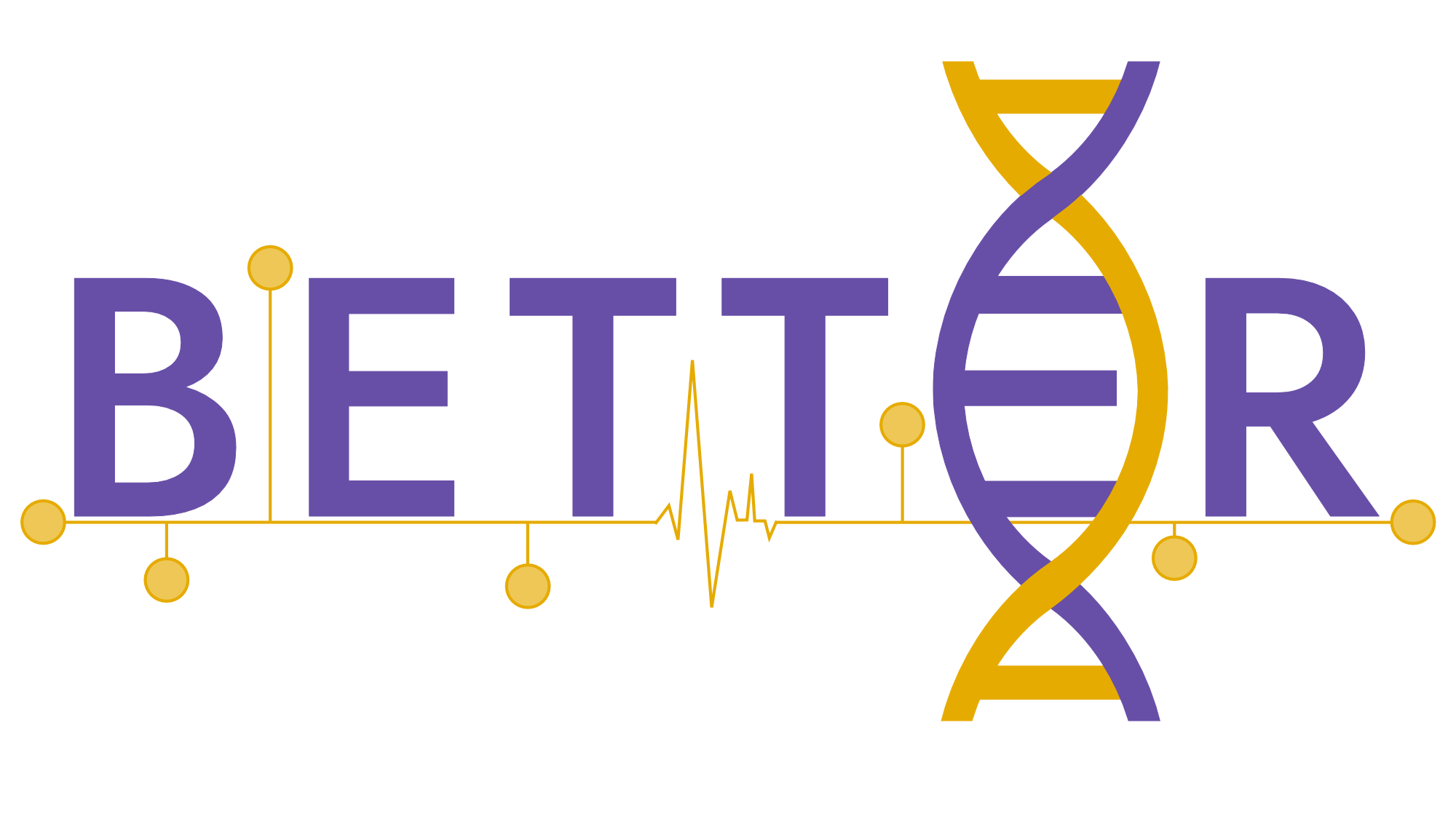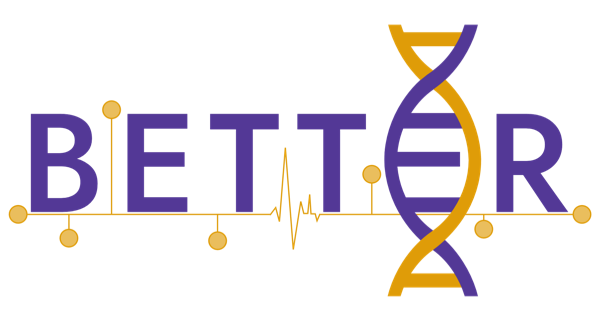How to decipher pathways of intellectual disability
Intellectual disability (or ID) is a generalized neurodevelopmental disorder characterized by different levels of intellectual impairment and adaptive malfunctioning with onset before the age of 18.
It occurs as a unique phenotype or in the context of forms of rare disease such as syndromic neurodevelopmental disorders (NDDs, e.g.,Coffin-Siris syndrome) and neurological inborn errors of metabolism (IEM, e.g., phenylketonuria). Both groups of diseases, NDDs and IEM, are good use cases for modelling phenotypic data, biomarkers, omics, imaging and pathophysiological processes associated with ID. A well-known example that connects IEM and ID is phenylketonuria, PKU, a disease that is most frequently included in new-born screening programs around the world. PKU patients are early-diagnosed and immediate introduction of the treatment enables them to have normal psychomotor development and escape intellectual disability. In total, there are 116 IEM with treatable ID (besides PKU, disorders of amino acid metabolism, congenital disorders of glycosylation, disorders of carbohydrate metabolism, etc).
In the use case we are going to combine biochemical, clinical and genetic data from early-diagnosed patients in which intellectual disability was prevented due to introduction of the early-treatment (data from newborn screening and the follow-up for patients with IEM where intellectual ability is affected) and clinical and genetic data from later-diagnosed patients in which intellectual deterioration occurred (data for patients with NDDs and IEM diseases
where intellectual ability is affected).
Creating a pool of such data from which AI will deduce the understanding of the collective characteristics of all genes associated with intellectual disability in patients with paediatric rare disease (those that were early-diagnosed
and appropriately treated and those that were late-diagnosed and late-treated/non-treated) as well as in patients with complex diseases. This innovative approach has the potential to reveal important shared biological pathways and mechanisms and help in the defining new strategies to prevent or correct intellectual disability.
It occurs as a unique phenotype or in the context of forms of rare disease such as syndromic neurodevelopmental disorders (NDDs, e.g.,Coffin-Siris syndrome) and neurological inborn errors of metabolism (IEM, e.g., phenylketonuria). Both groups of diseases, NDDs and IEM, are good use cases for modelling phenotypic data, biomarkers, omics, imaging and pathophysiological processes associated with ID. A well-known example that connects IEM and ID is phenylketonuria, PKU, a disease that is most frequently included in new-born screening programs around the world. PKU patients are early-diagnosed and immediate introduction of the treatment enables them to have normal psychomotor development and escape intellectual disability. In total, there are 116 IEM with treatable ID (besides PKU, disorders of amino acid metabolism, congenital disorders of glycosylation, disorders of carbohydrate metabolism, etc).
In the use case we are going to combine biochemical, clinical and genetic data from early-diagnosed patients in which intellectual disability was prevented due to introduction of the early-treatment (data from newborn screening and the follow-up for patients with IEM where intellectual ability is affected) and clinical and genetic data from later-diagnosed patients in which intellectual deterioration occurred (data for patients with NDDs and IEM diseases
where intellectual ability is affected).
Creating a pool of such data from which AI will deduce the understanding of the collective characteristics of all genes associated with intellectual disability in patients with paediatric rare disease (those that were early-diagnosed
and appropriately treated and those that were late-diagnosed and late-treated/non-treated) as well as in patients with complex diseases. This innovative approach has the potential to reveal important shared biological pathways and mechanisms and help in the defining new strategies to prevent or correct intellectual disability.



